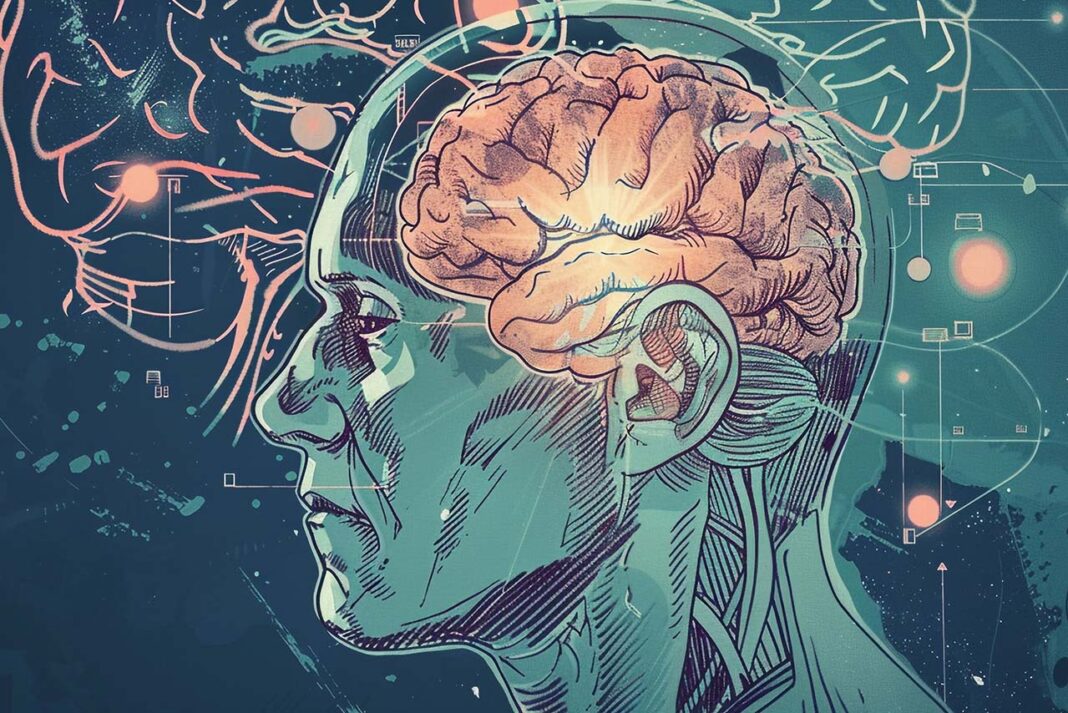“To understand the brain is to understand the human being.”
— Antonio Damasio
The Science of the Brain–Mind Connection
Neuropsychology is one of the scientific disciplines dedicated to deciphering the biological foundations of human behavior. Within the intricate architecture of the brain, it seeks to understand how emotion, thought, and behavior emerge.
The field integrates the clinical, experimental, and cognitive aspects of psychology with the physiological foundations of neurology (Kolb & Whishaw, 2021). Neuropsychologists interpret the brain’s structure and functions through behavior, examining how neural injuries manifest as cognitive, emotional, and behavioral changes.
The Origins of Neuropsychology: From Brain Injury to the Human Mind
The roots of neuropsychology trace back to the 19th century. The Phineas Gage case is often considered the field’s inception point. In 1848, a railroad worker named Gage survived an accident in which an iron rod penetrated his skull, causing severe damage to his left frontal lobe. Although he survived, his personality underwent a dramatic transformation—he became irresponsible, impulsive, and exhibited poor emotional control (Harlow, 1868).
This case provided the first evidence that the frontal lobes play a vital role in behavior regulation and social judgment.
Subsequently, researchers such as Paul Broca (1861) and Carl Wernicke (1874) discovered that language functions are localized in specific brain regions. The identification of Broca’s aphasia and Wernicke’s aphasia laid the groundwork for modern neuropsychological assessments.
In the 20th century, Donald Hebb (1949) proposed the principle that “neurons that fire together, wire together,” explaining the neural basis of learning. This concept became the cornerstone of today’s research on neuroplasticity.
Core Domains of Neuropsychology
Neuropsychology operates on both experimental and clinical levels. Experimental neuropsychology investigates brain–behavior relationships in healthy individuals, while clinical neuropsychology focuses on those with brain injuries or dysfunctions (Lezak, Howieson, Bigler & Tranel, 2012).
1. Cognitive Functions
Processes such as attention, memory, language, executive functions, perception, and problem-solving are central to neuropsychological inquiry. Brain regions like the prefrontal cortex, hippocampus, amygdala, and parietal lobes play crucial roles in shaping behavioral patterns (Miller & Cummings, 2017).
2. Emotional Processes
The amygdala and the limbic system are essential for emotional regulation. Antonio Damasio (1994) emphasized that emotions are not mere feelings but biological signals that guide decision-making. This perspective highlights the inseparable relationship between cognition and emotion.
3. Neuroplasticity
Neuroplasticity refers to the brain’s ability to structurally and functionally adapt in response to new experiences. It demonstrates that even after brain injury, cognitive functions can reorganize and recover (Doidge, 2007). This concept serves as the foundation for neuropsychological rehabilitation.
The Clinical Neuropsychological Assessment
A neuropsychological assessment aims to reveal an individual’s detailed cognitive profile using standardized tests and clinical observations.
Some commonly used tests include:
-
Stroop Test: Measures attention and cognitive flexibility.
-
Wisconsin Card Sorting Test (WCST): Assesses executive functioning, abstraction, and set-shifting abilities.
-
Wechsler Memory Scale (WMS): Evaluates short- and long-term memory performance.
-
Trail Making Test (TMT): Measures attention and psychomotor speed.
The outcomes of these tests allow clinicians to make inferences about brain functioning. For instance, increased errors on the Stroop Test may indicate prefrontal cortex dysfunction (Gazzaniga, Ivry & Mangun, 2019).
Neuropsychological Disorders and Fields of Application
Neuropsychology contributes not only to diagnosis but also to the therapeutic process.
Common areas of application include:
-
Traumatic Brain Injury (TBI): Evaluating cognitive and emotional consequences of head trauma.
-
Dementia and Alzheimer’s Disease: Assessing memory and orientation impairments.
-
Attention-Deficit/Hyperactivity Disorder (ADHD): Exploring the neurocognitive basis of attentional processes.
-
Epilepsy: Understanding the impact of seizures on cognitive functions.
-
Stroke: Planning post-injury cognitive rehabilitation.
Neuropsychological interventions aim to enhance quality of life, restore functional independence, and strengthen cognitive reserve (Lezak et al., 2012).
Neuropsychology and Modern Science
In recent years, technologies such as functional magnetic resonance imaging (fMRI), electroencephalography (EEG), positron emission tomography (PET), and diffusion tensor imaging (DTI) have revolutionized our understanding of the brain’s dynamic systems.
These tools enable us to observe not only which regions are active but also how they interact across networks (Gazzaniga et al., 2019).
Neuropsychology also engages with the challenges of the digital age. Continuous exposure to stimuli, social media use, and multitasking behaviors are increasingly studied for their effects on attentional systems (Small, 2023).
The Future of Neuropsychology: Brain, Artificial Intelligence, and Ethics
We are entering a new era where neuropsychology intersects with artificial intelligence. Deep learning algorithms can now predict cognitive impairments from brain imaging data.
However, such advancements raise ethical concerns regarding neurodata privacy, AI involvement in clinical decisions, and the reduction of human behavior to purely biological mechanisms (Marcus, 2020).
In striving to understand the brain, neuropsychology must not lose sight of the human being. Ultimately, this field seeks not only to decode neural activity but to comprehend the story that lives within those neurons — the story of humanity itself.
References
-
Damasio, A. (1994). Descartes’ Error: Emotion, Reason, and the Human Brain. New York: Putnam.
-
Doidge, N. (2007). The Brain That Changes Itself. Penguin Books.
-
Gazzaniga, M. S., Ivry, R., & Mangun, G. R. (2019). Cognitive Neuroscience: The Biology of the Mind. W.W. Norton & Company.
-
Harlow, J. M. (1868). Recovery from the Passage of an Iron Bar Through the Head. Publications of the Massachusetts Medical Society, 2, 327–347.
-
Hebb, D. O. (1949). The Organization of Behavior: A Neuropsychological Theory. Wiley.
-
Kolb, B., & Whishaw, I. Q. (2021). Fundamentals of Human Neuropsychology. Worth Publishers.
-
Lezak, M. D., Howieson, D. B., Bigler, E. D., & Tranel, D. (2012). Neuropsychological Assessment (5th ed.). Oxford University Press.
-
Marcus, G. (2020). Rebooting AI: Building Artificial Intelligence We Can Trust. Pantheon.
-
Miller, B. L., & Cummings, J. L. (2017). The Human Frontal Lobes: Functions and Disorders. Guilford Press.
-
Small, G. (2023). The Digital Mind: How Technology Is Changing Our Brain. HarperCollins.


